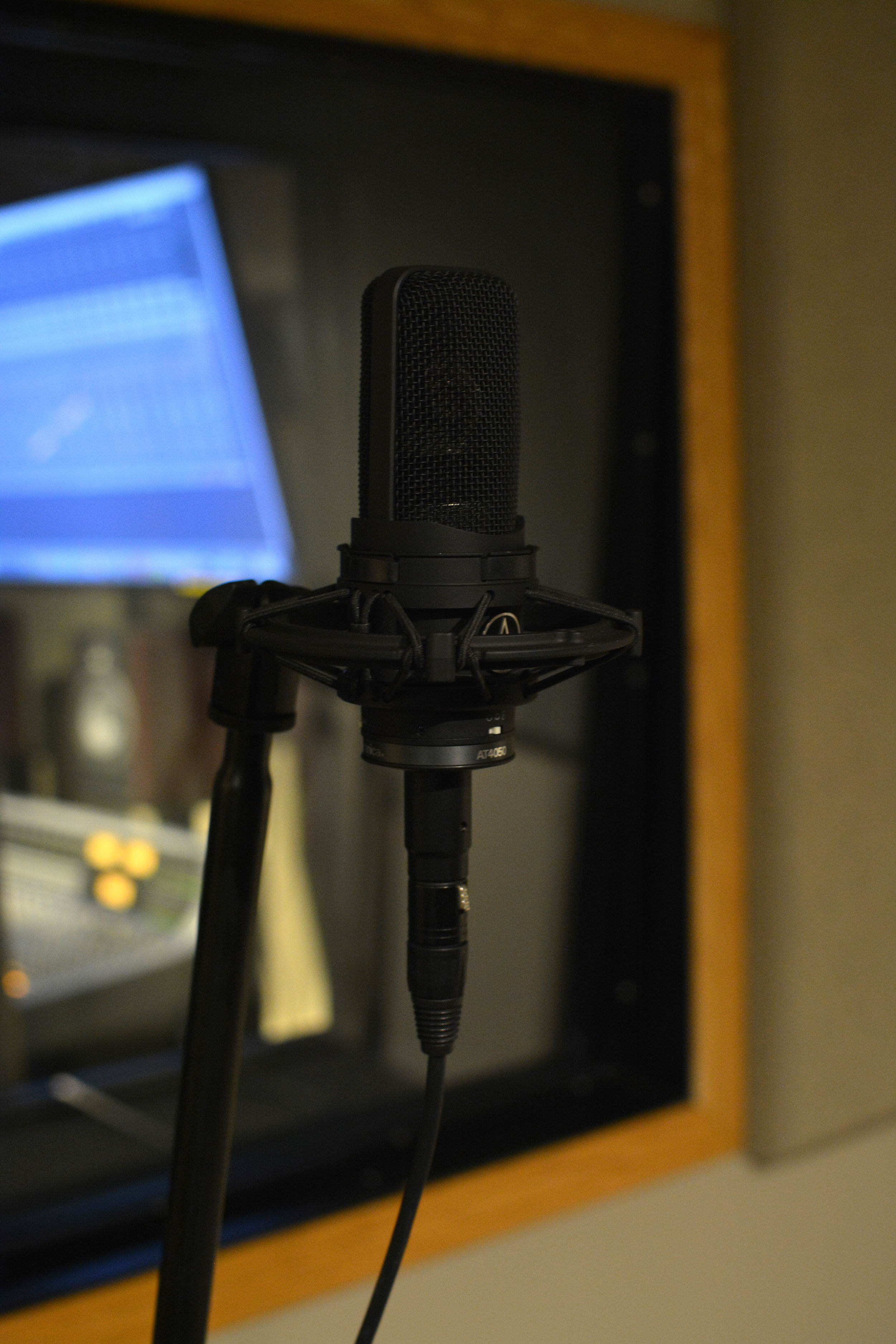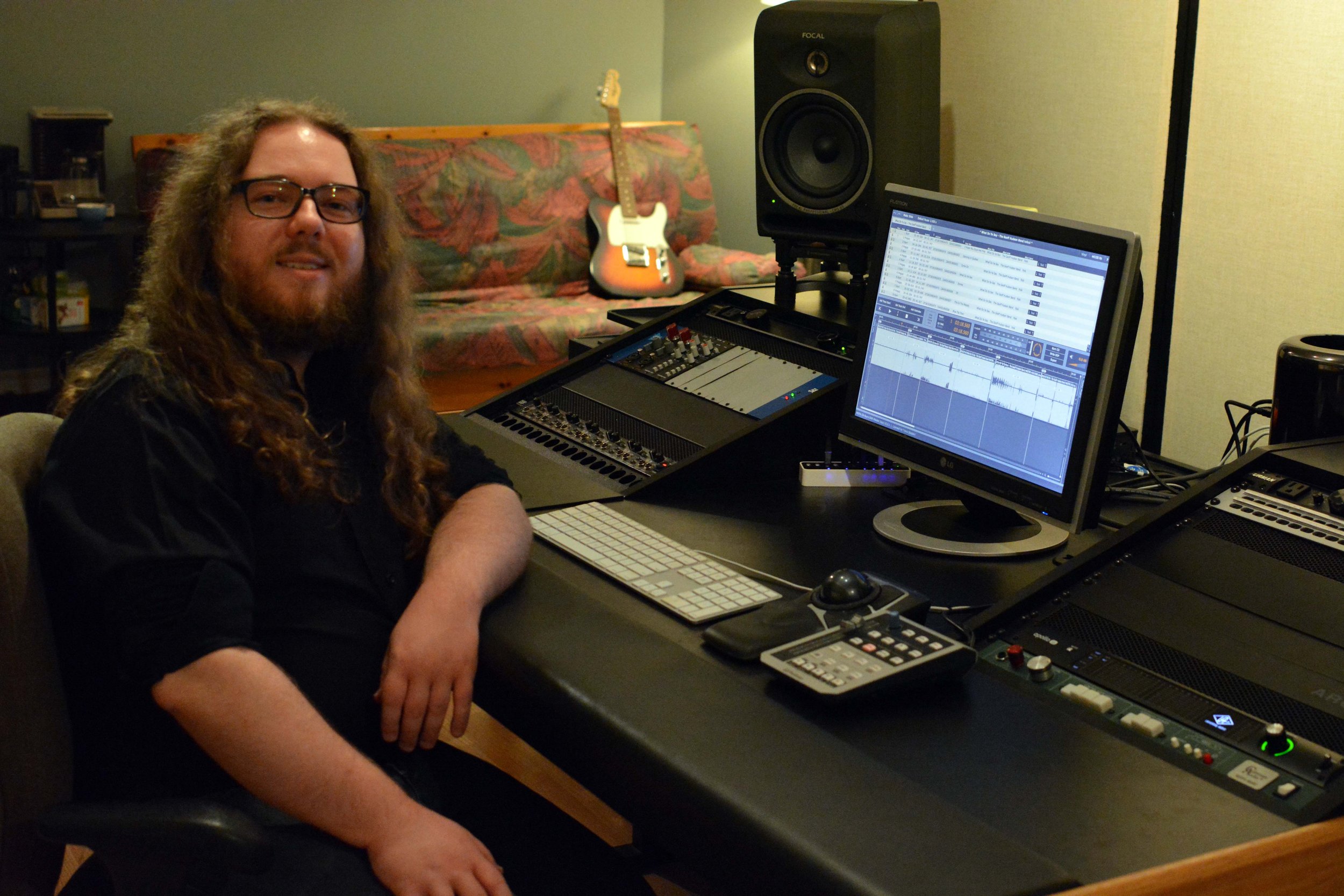Audio Technica AT4050 Review
/Audio-Technica is one of many well-known microphone manufacturers and their 40 series is an incredibly diverse product line, spanning from entry-level to professional models. The AT4050 sits right in the middle of this line, making it a good choice for home and professional studios alike.
Quick Facts
Manufacturer: Audio-Technica
Model: AT4050
Type: Large Diaphragm Condenser
Pattern: Multi-pattern (Cardioid, Bi-directional, Omnidirectional)
Price: $699 USD
Performance
The Audio-Technica AT4050.
One of the first things that left an impression on me when using the AT4050 was its ability to sound full and rich without sounding overly coloured. Unlike some other microphones, the AT4050 doesn’t display a terribly distinct or identifiable character and this makes it very flexible and especially well suited to classical, jazz, and world music. I have used it on pretty much everything at one point or another including vocals, electric guitar amps, and as a drum overhead, although in my experience it excels on piano, violin, cello, and other classical/world stringed instruments because of its detail and fullness. I especially like the AT4050 on piano because of its rich but controlled low-end response and frequently find myself using it as part of a stereo array because of its selectable polar pattern. Paired with a tube preamp, the AT4050 works wonders to warm up sources that could otherwise sound brittle or thin, such as smaller acoustic guitars or high female vocals. It’s important to note that even though the AT4050 is not particularly geared towards rock or pop vocals, it’s flexible enough that with the proper processing later in the signal path it can still work quite well. I will usually set it up when testing mics with a vocalist even though it often comes in second to a Shure SM7B or Neumann TLM103.
Diving into the tech specs, the AT4050 posts some impressive numbers. The most notable of these is its 159dB sound pressure level tolerance, which makes it suitable for use as a drum overhead or on guitar amps, and its theoretical 132dB of dynamic range is nothing to scoff at either. The AT4050 also deserves an honourable mention for its durability, as the metal casing feels rugged and mine has survived a handful of drops and knocks in daily use.
Features
One of the strong points about the AT4050 is its feature set, which makes the microphone highly flexible. The pattern select switch allows the user to choose between cardioid, omnidirectional, and bi-directional polar patterns, making it especially useful for stereo microphone techniques like M-S and Blumlein stereo. The omnidirectional capabilities of the AT4050 also make it a good candidate for a room microphone, or for use with multi-microphone arrays like the Decca Tree. The high-pass filter on the AT4050 is well implemented and one of the best high-pass filter designs that I have ever seen on a microphone. It works effectively to eliminate any low-end rumble caused by vibrations from the stand/floor and nicely cuts out the unwanted low end on sources like vocals or acoustic guitars without digging into the ‘body’ of the sound. The AT4050 also includes a 10dB pad, although I rarely encounter the need to use it because of the sources that I place the microphone on. Nonetheless it’s a good option to have and can come in handy when using the AT4050 to record guitar amps or other loud instruments.
The different polar patterns featured on the AT4050.
Price
The At4050 in the included carrying case.
The AT4050 comes in at approximately $700 USD, placing it out of the reach of most beginners or recording hobbyists, but still within the range of possibility for a serious home studio owner or semi-pro engineer. In most cases, this would form the centrepiece of a home studio’s microphone collection and it has the features and sound quality to justify that role. In a professional environment, the price of the AT4050 makes running a stereo pair of them very feasible and their utilitarian nature makes them a valuable asset for a studio that works on a diverse range of music, even if they are not the studio’s go-to microphone for all instruments or voices.
Conclusion
I would consider the AT4050 a necessity for anyone who works on a diverse range of musical styles and genres. Its full and detailed sound makes it an ideal microphone for piano and many orchestral instruments, although it can hold its own in rock and pop environments too. The cost of running a pair of these in stereo is not prohibitive for the professional studio and the selectable polar pattern means virtually any configuration is possible, making the AT4050 an incredibly flexible microphone.
The Home Studio Archive is reader-supported. When you buy from links on our website we may earn a small commission at no additional cost to you. We do not accept compensation for reviews and only recommend products we have used and tested ourselves.
Buy It Now
Amazon
Audio-Technica AT4050 (click here for Canadian Price)




